 Plant Nature Study II
Plant Nature Study II
Plant Nature Study II
Plant Nature Study II

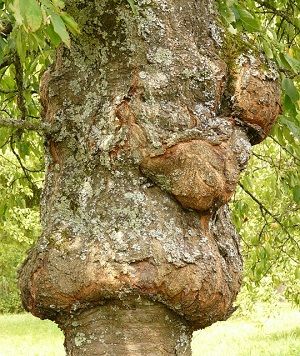
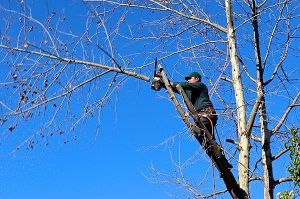

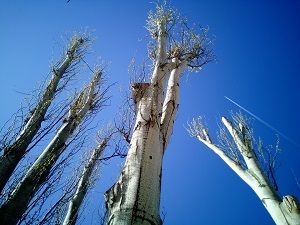
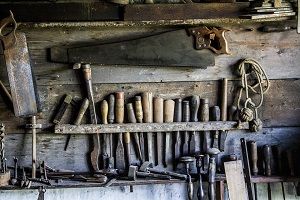
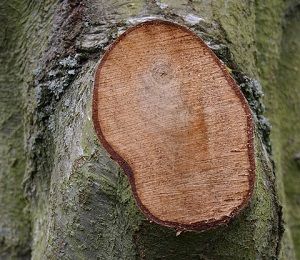

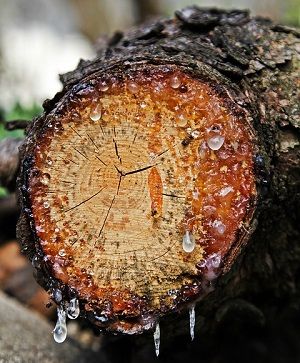
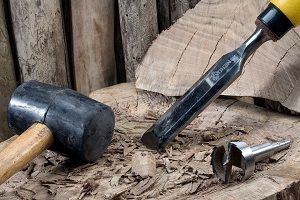
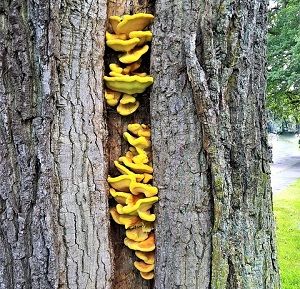
 Plant Nature Study II
Plant Nature Study II
Plant Nature Study II
Plant Nature Study II

Study the lesson for one week.
Over the week:
TREE REPAIR TOOLS
Tree repair tools include saws, shears, ladders, pruning knives, chisels, and gouges. See each below.

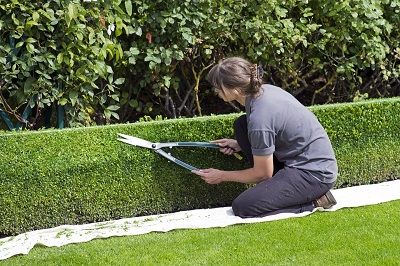

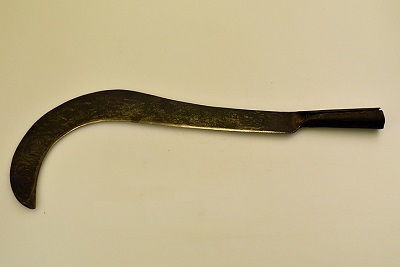
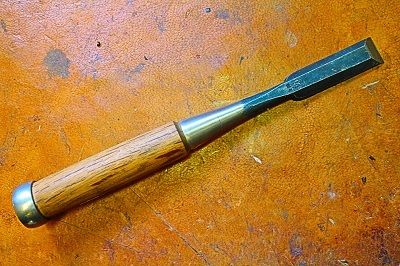
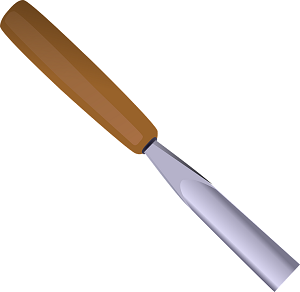
Activity 1: Narrate the Lesson
Activity 2: Study the Lesson Pictures
Activity 3: Take a Nature Walk
Activity 4: Complete a Field Book Entry

After your nature walk, complete page 39 in 'Science Field Book for Fourth Grade.'